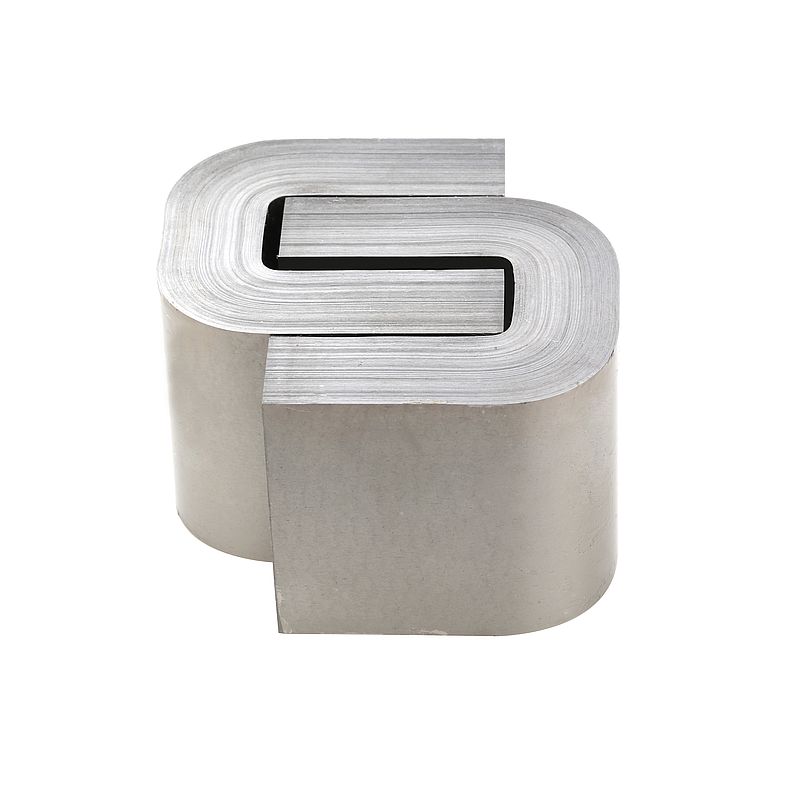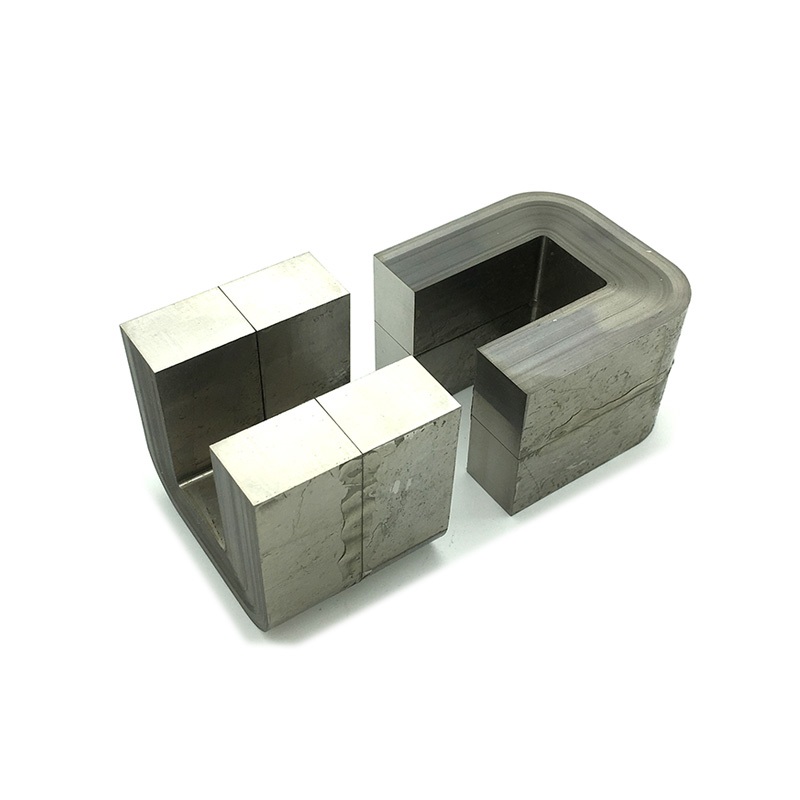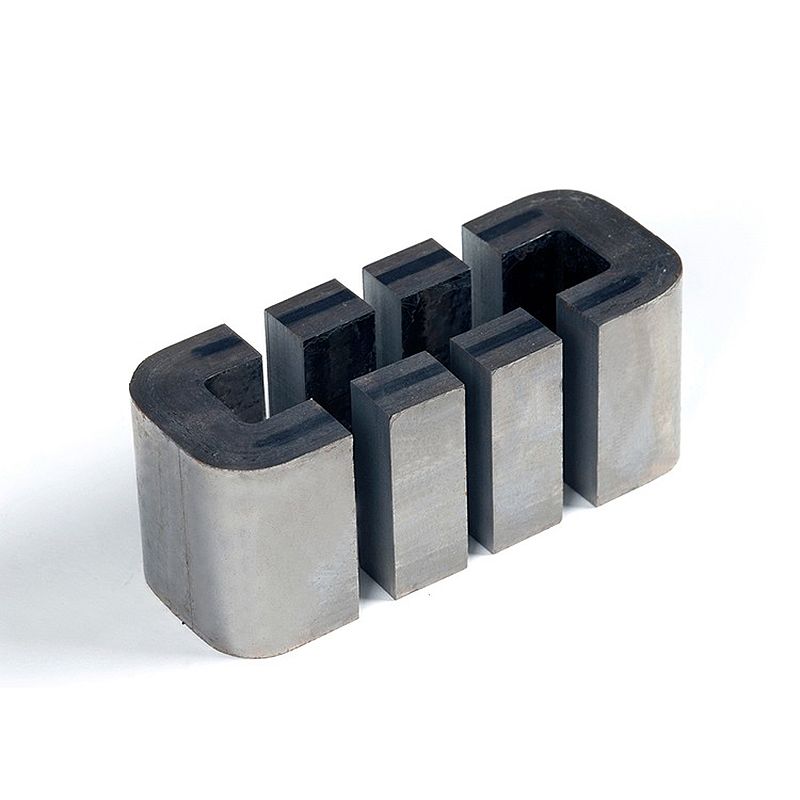New Arrival China 0.2 Class Electric Transformer - Fe-Based Amorphous C Cores MLAC-2133 – Malio
New Arrival China 0.2 Class Electric Transformer - Fe-Based Amorphous C Cores MLAC-2133 – Malio Detail:
Application
● Reactor cores for PV inverter
● Filter reactor of high-frequency super switching power supply
● Major-transformer of UPS power supply
● High-frequency transformers for X-ray CT, induction heating equipment, welding machines, and communication equipment
● Inductors for power regulators for photovoltaics, wind power, fuel cells, etc.
● Inductors for boost/buck converters for HEV, FCV, UPS, etc.
Features
● High saturate induction-Reducing core volume
● Rectangular structure-Easy for coil assembling
● Core cutting-Good for anti-DC-bias-saturation
● Low core loss-anti-termpearture-rising(1/5-1/10 compared to silicon steel)
● The core loss of cut cores is much lower than other magnetic metal materials
● The high saturation flux density (Bs=1.56T) and low core loss characteristics of the cut cores allow the design of applications with high operating flux densities.
● Good stability-Stable working from -55℃ to 150℃

Loss versus frequency of cutting cores of different materials











Product detail pictures:






Related Product Guide:
Sticking to the perception of "Creating products of top of the range and earning mates with people today from all over the world", we constantly put the desire of consumers in the first place for New Arrival China 0.2 Class Electric Transformer - Fe-Based Amorphous C Cores MLAC-2133 – Malio , The product will supply to all over the world, such as: Netherlands, Norwegian, French, With more and more Chinese products around the world, our international business is developing rapidly and economic indicators big increase year by year. We have enough confidence to offer you both better products and service, because we are more and more powerful, professional and experience in domestic and international.
This supplier offers high quality but low price products, it is really a nice manufacturer and business partner.





